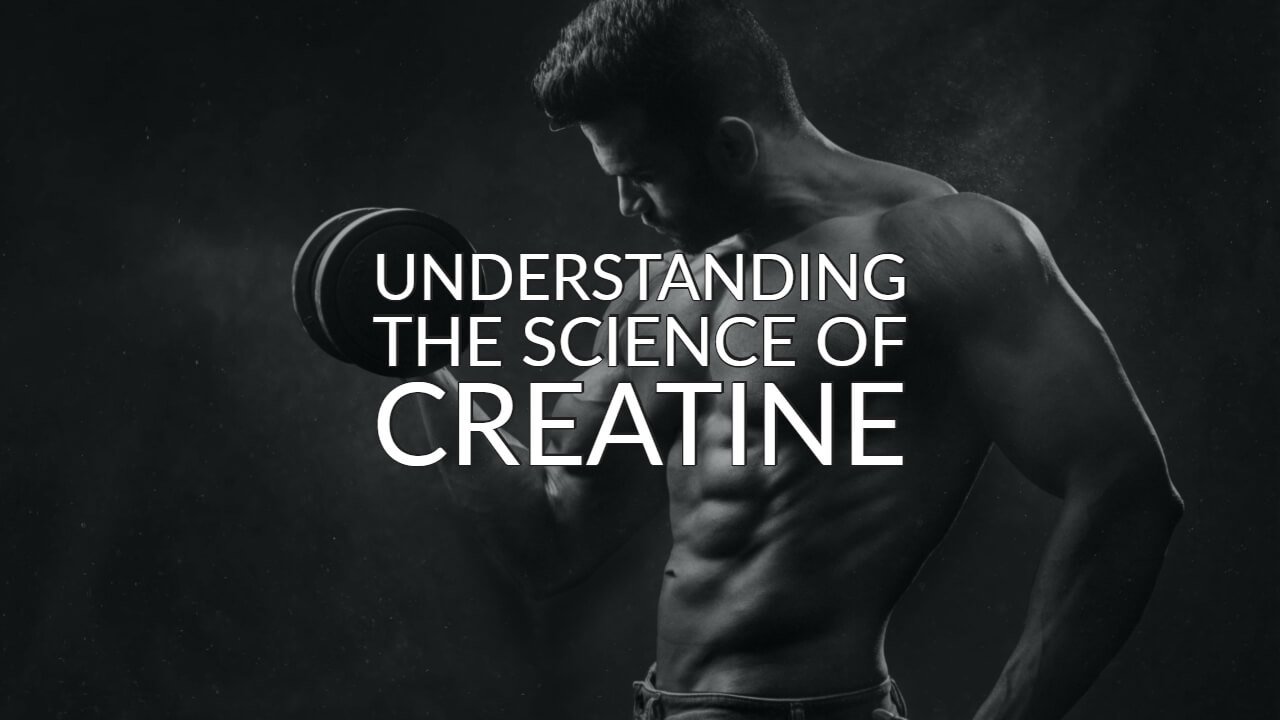Today I’m going to talk about the most effective supplement in the bodybuilding industry.
There are several studies which show that it can increase endurance, muscle size, and overall performance. ( 1, 2 )
The creatine industry value is $2.7 billion.
Anything related to fitness and health, you should always listen to the science.
This article will clear up all your creatine-related doubts. And you’ll be able to use it without any confusion.
What Is Creatine?
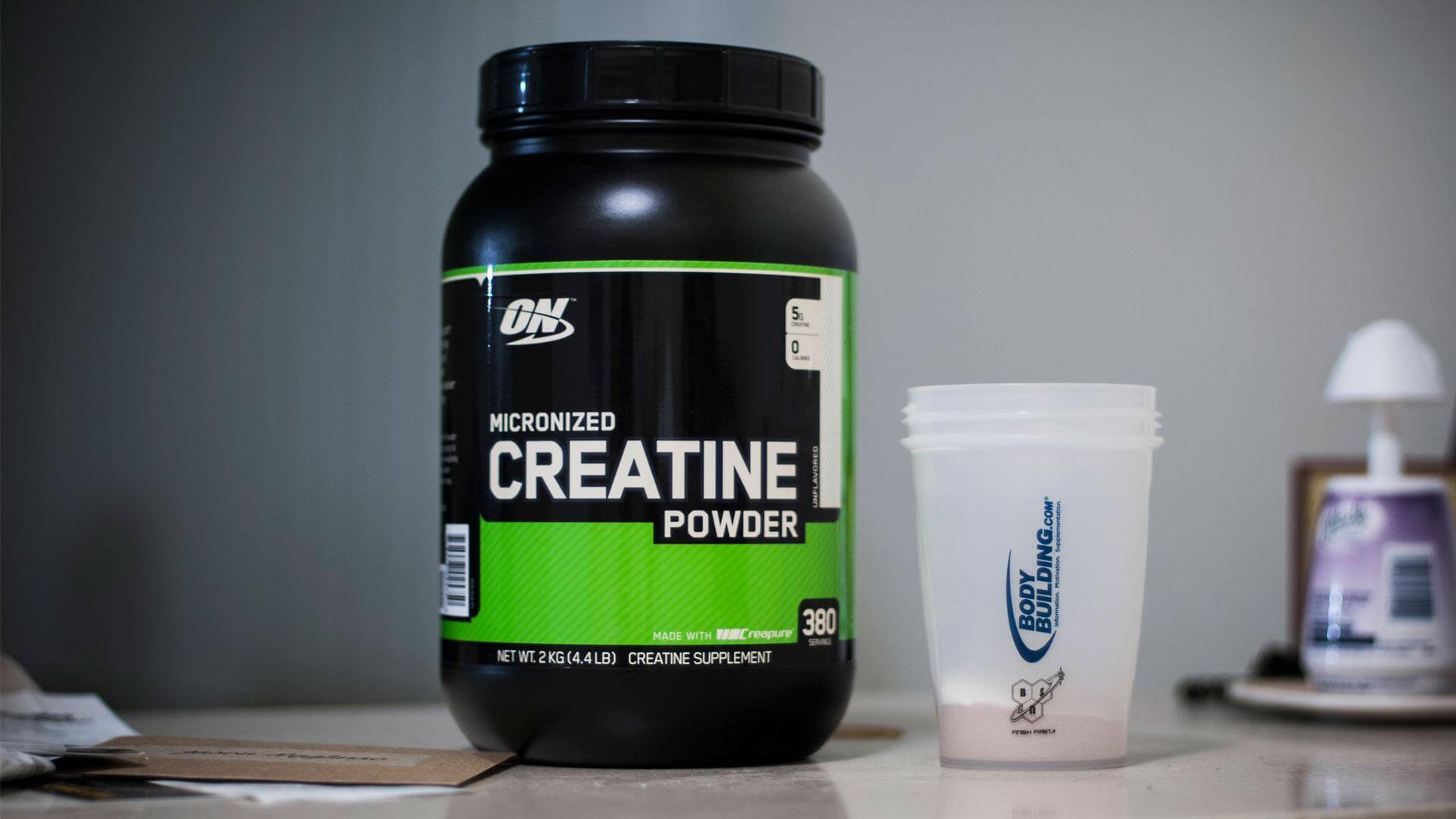
Basically, creatine is non-protein amino acids which are found naturally in the human body.
In muscle cells, 95% of creatine is stored. And the remaining 5% are in the human body’s brain, liver, kidney, and everywhere else. ( 3 )
Its also found in protein-rich foods, mainly meat and fish. But have would need a lot of meat and fish to obtain an appreciable amount of creatin. This will also increase your cholesterol levels.
Supplementing creatine will expand the quantity of phosphocreatine. It’s a kind of energy that is in the cells. And supplements of creatine will assist your body to generate more energy which is called ATP.
After taking supplements, when this energy generated called ATP, you can perform well while doing exercise. That’s why ATP is also called “Currency of body’s energy”. ( 3 )
How does it work?
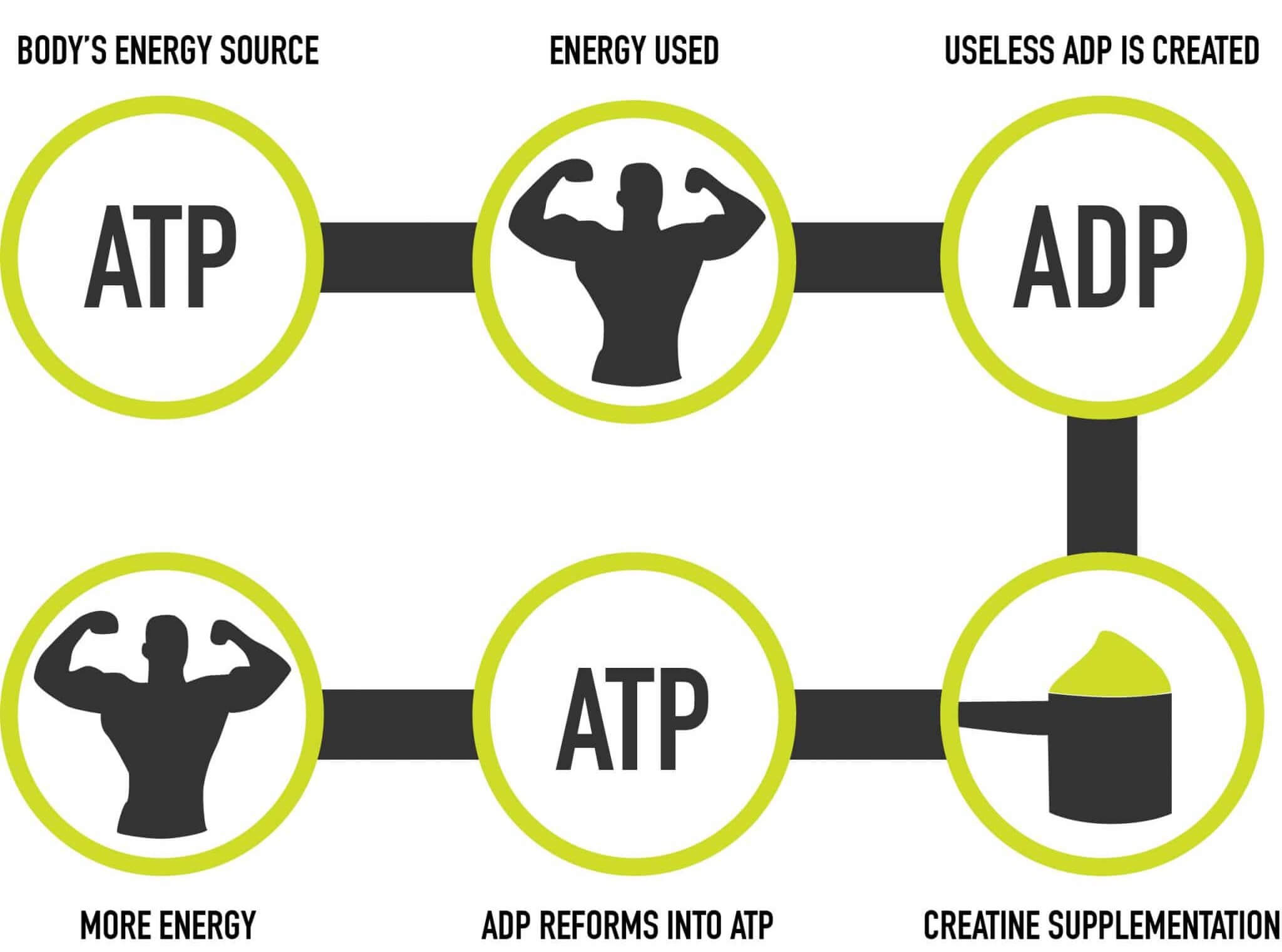
The main source of energy in our body tissues is adenosine triphosphate ( ATP ). While doing exercise, the creatine stores in our muscles is depleted. Which leads to a decrease in ATP levels. Thus, you feel exhausted.
When creatine enters the body, it combines with a phosphate molecule to form creatine phosphate. Our body oxidizes carbs, fats, and proteins in order to create ATP. When we exercise, the ATP breaks into adenosine diphosphate (ADP), which one of the phosphates used as energy.
The ADP is useless for the body unless it is converted back to ATP. And this is where the creatine supplements help. The creatine supplement donates its phosphate to the ADP to form ATP again, which is a source of muscular energy.
The body has three main energy systems which work together to produce ATP.
Aerobic: It produces ATP slowly using fat and glucose as fuel for long-duration workouts. For example, distance running.
Anaerobic: It produces ATP more quickly. Using glucose as fuel which lasts about 30seconds – 2minutes. For example, 50-meter freestyle swimming.
Phosphagen: It produces ATP extremely quickly. It uses creatine phosphate which is stored in muscles. It lasts about 8-10 seconds. For example, sprinting for 10 seconds.
Increase your muscle mass
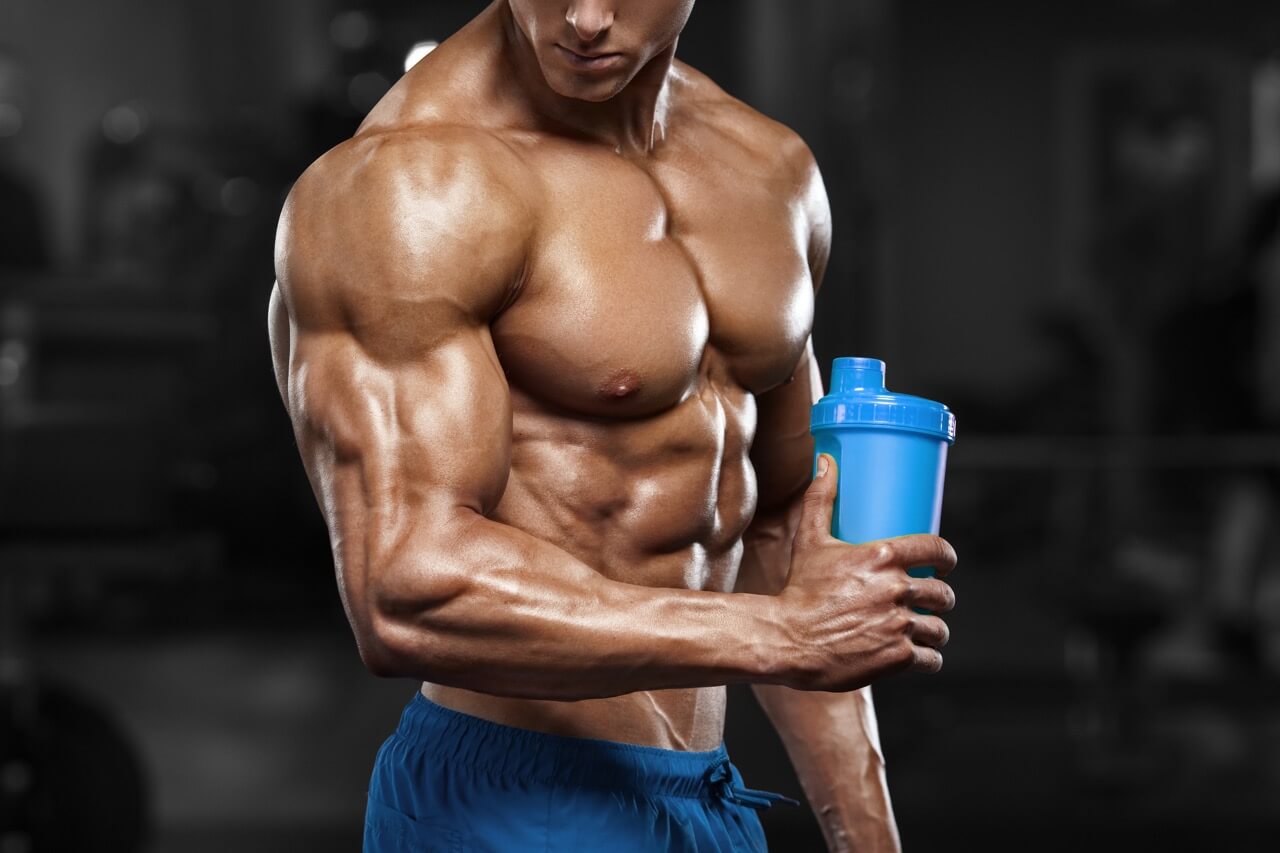
Creatine increases the water content of muscle cells. This process increases your muscle mass. It increases IGF-1 levels, and IGF-1 send signals to increase muscle size. ( 1, 7 )
It can also change many cellular pathways which also help in muscle growth. And it boosts the formation of protein, which creates new muscle fiber.
Creatine does cause intramuscular water retention but it isn’t anything to be worried about. Since water is being held inside the muscle, where you want it, not under the skin or anywhere else.
However, intramuscular water increases muscle fiber could further increase muscle growth through cellular swelling.
Improve exercise performance
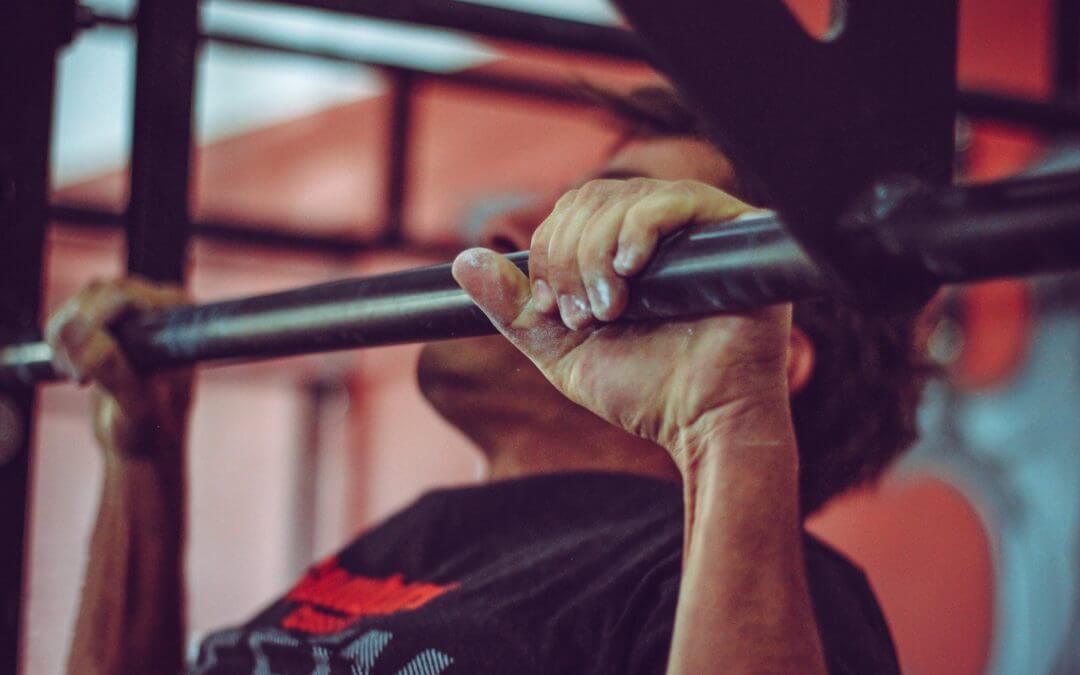
The direct role of creatine is in ATP energy production which improves the exercise performance. ( 1, 2, 8 )
One 2003 review, looking at 300 studies shows that it’s a 5-15 percent increase in maximal strength and power with creatine supplementation. ( 2 )
A found that even in subjects with six years of training experience creatine supplementation resulted in 30 percent more reps achieved across five sets with a moderate weight taken to failure. ( 13 )
Creatine and Caffeine
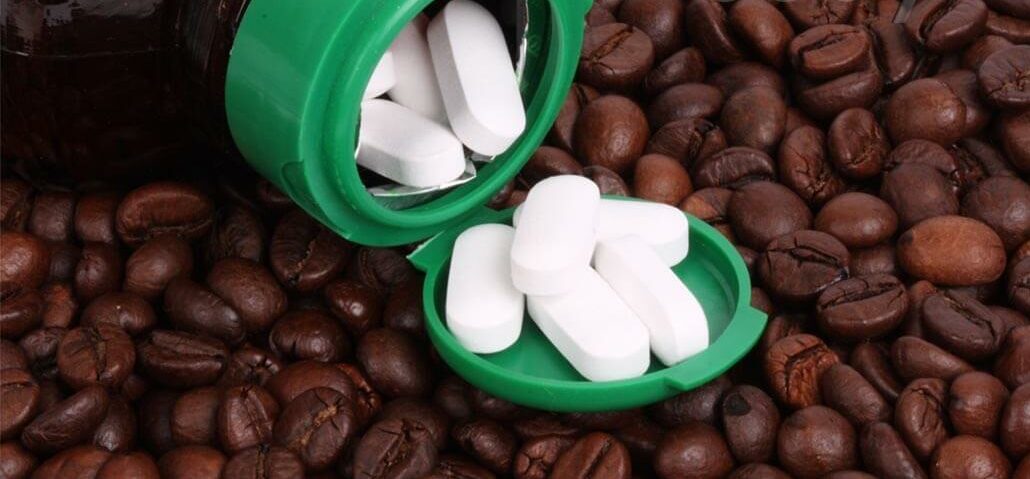
I don’t think that you should need to worry about combining creatine and caffeine together.
One 1996 paper did speculate the existence of some sort of inhibitory effect. The study only had nine subjects meaning it was statistically underpowered. ( 9 )
Then the other three studies have shown the exact opposite result, a synergistic effect of taking creatine and caffeine together. ( 10, 11, 12 )
Does creatine cause baldness?
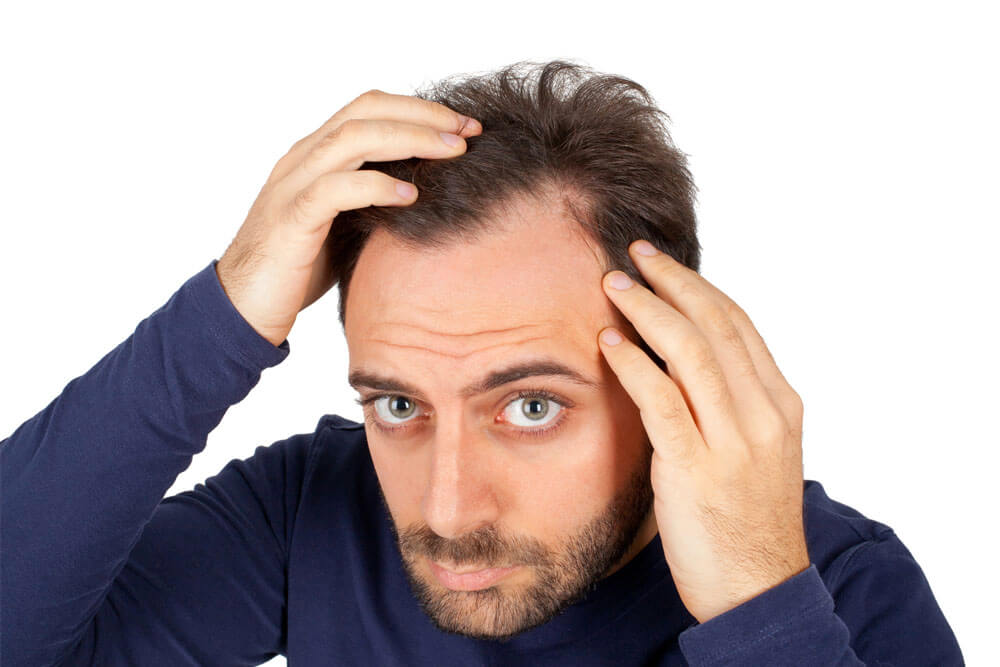
This question hasn’t been directly investigated in the scientific literature.
One 2009 study on rugby players found that taking 5 grams of creatine per day for two weeks increased DHT levels by 40%. ( 14 )
However, weight training alone has been shown to increase DHT and while DHT does seem to be a player in hair loss. This may only apply to men with a genetic predisposition or a family history of hair loss. So if you do happen to be in that camp be more cautious with creatine.
Dosage Instructions
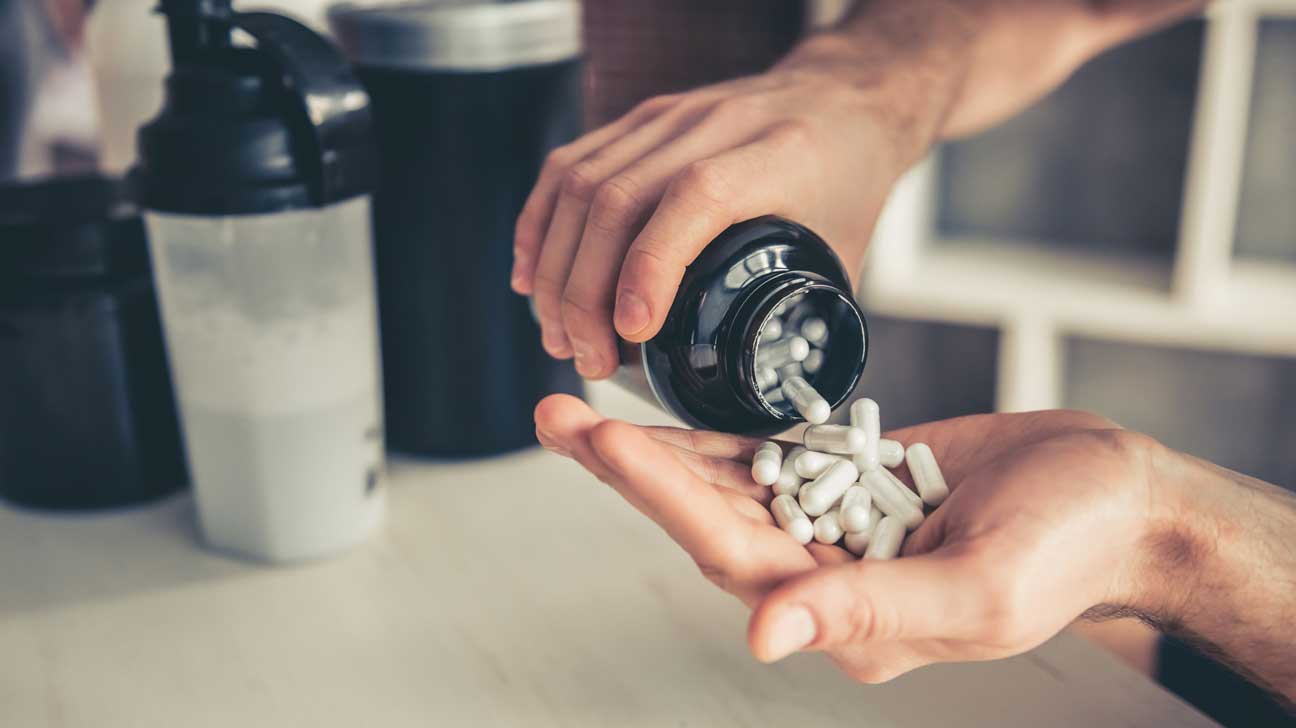
In this section, I will go over recommended creatine intake levels based on scientific research.
First of all, I want to make it clear that I am speaking about creatine monohydrate. There are other variants, but creatine monohydrate is by far the most researched and applicable variation.
Creatine loading
Creatine loading is a phase where in the first week, creatine supplementation is much higher than normal. In this process, you will achieve saturation in just 6 days.
In the loading phase, it’s commonly recommended to ingest about 20 grams of creatine per day for 7 days. After that, you can minimize your creatine intake to 2-5 grams. ( 1 )
The simple way
Research has also shown that full saturation can be achieved with only 3-5 grams per day. You just need to take 3-5 grams of creatine per day. This process will take up to 28 days to maximize your stores. ( 1 )
Studies have shown that creatine retention is greater when taken with carbs or protein-based meal. ( 4 )
Just make sure you drink a bit more water due to creatine’s osmotic properties that can lead to slightly more water retention.
When to take?
You can take whenever you want. You can take it before or after your workout, or a different time. But what matters the most is that you take it consistently.
